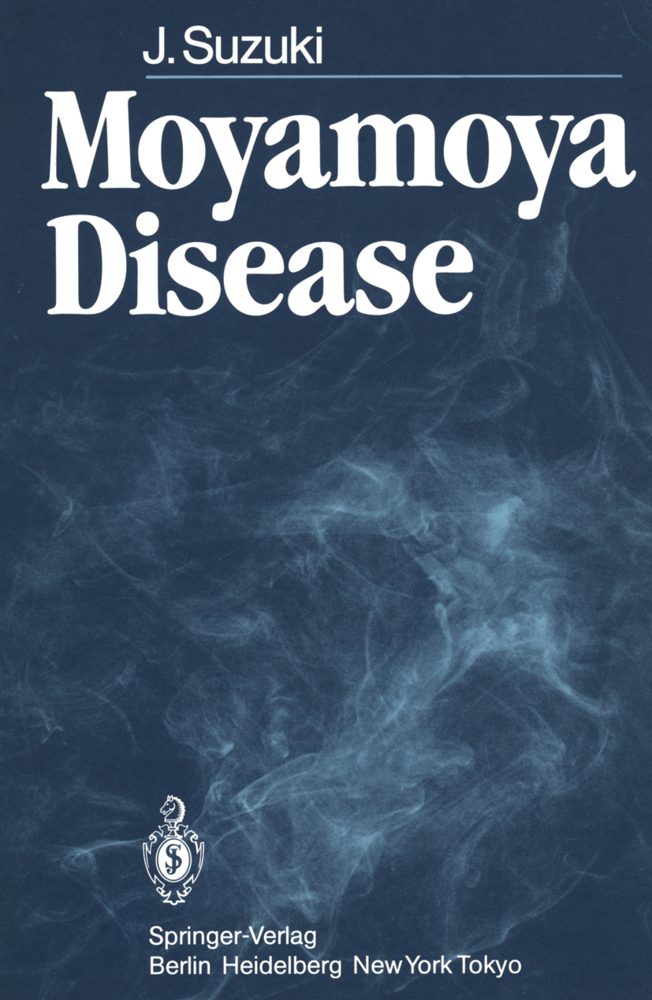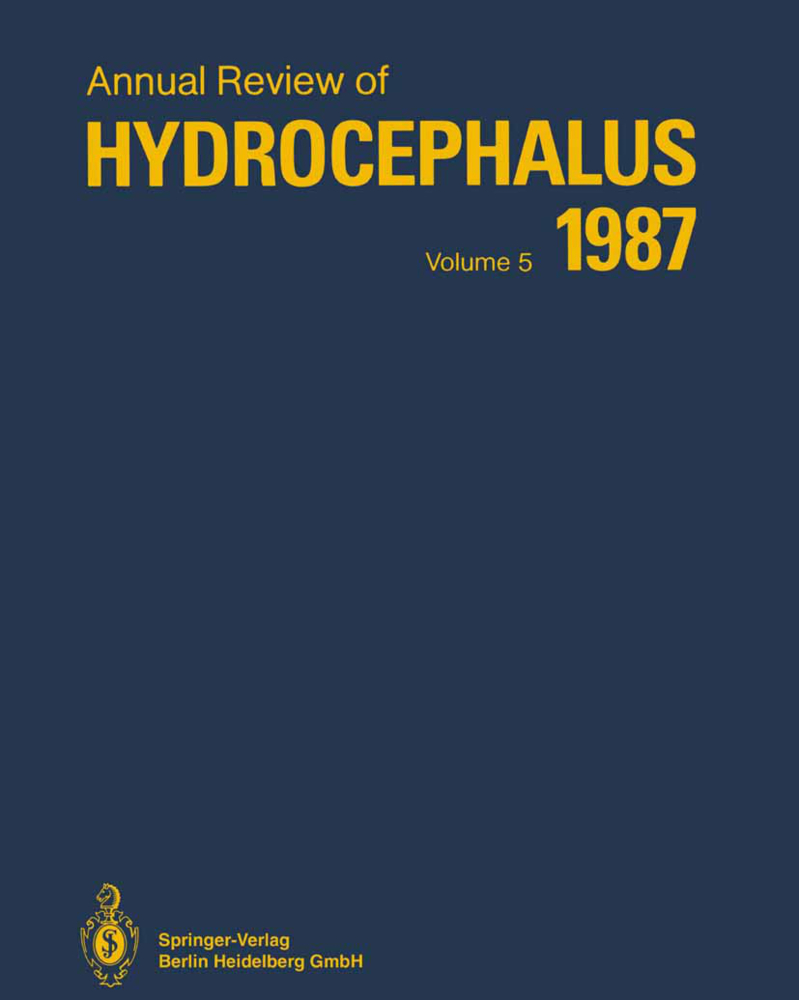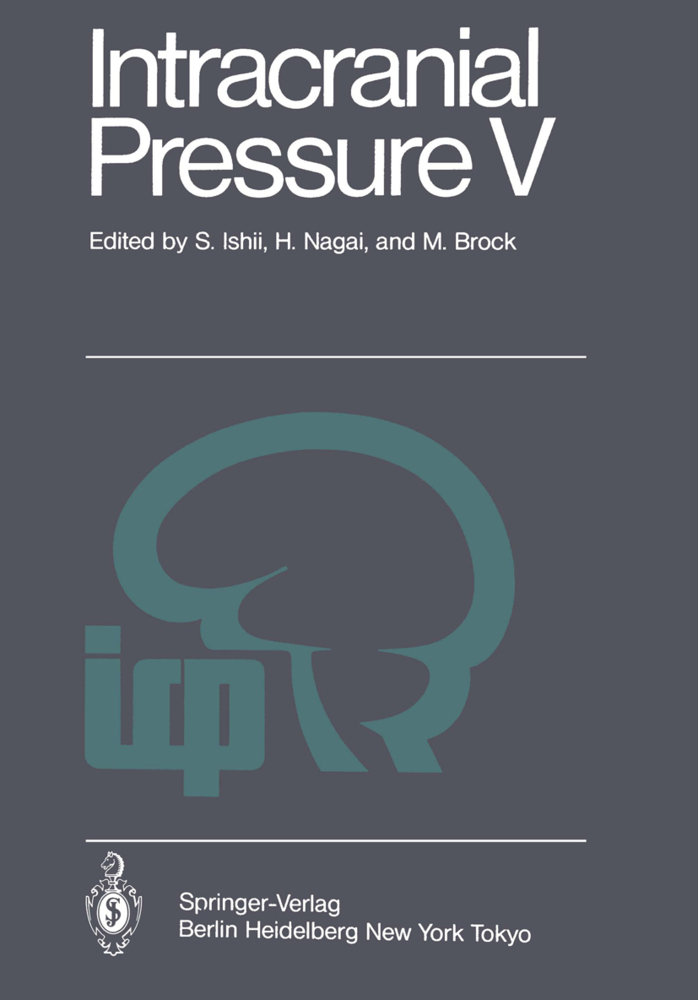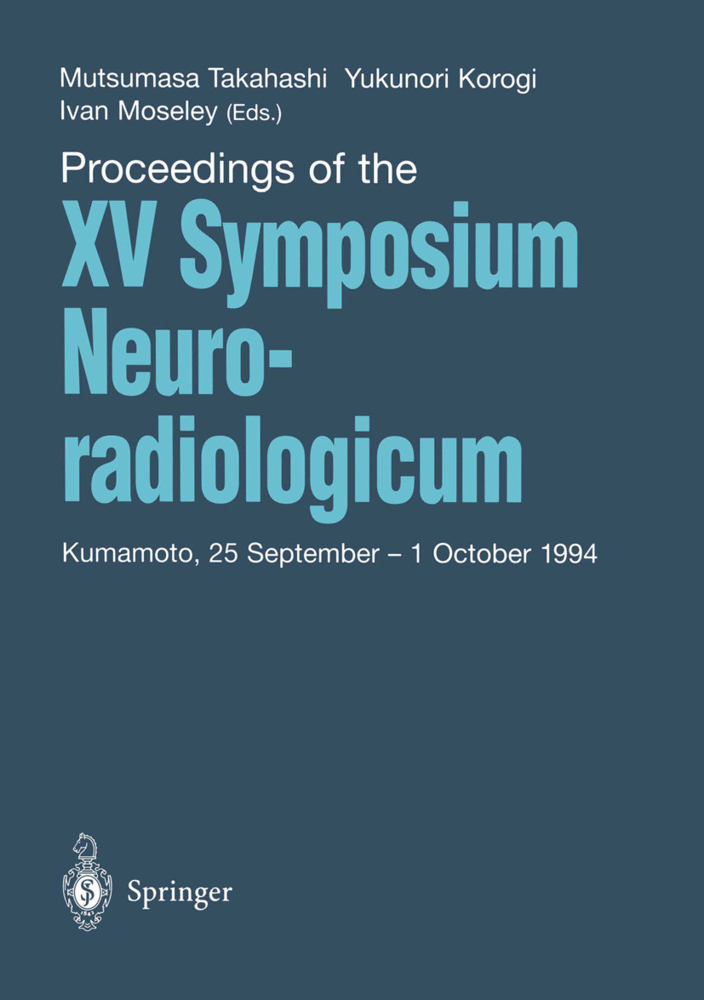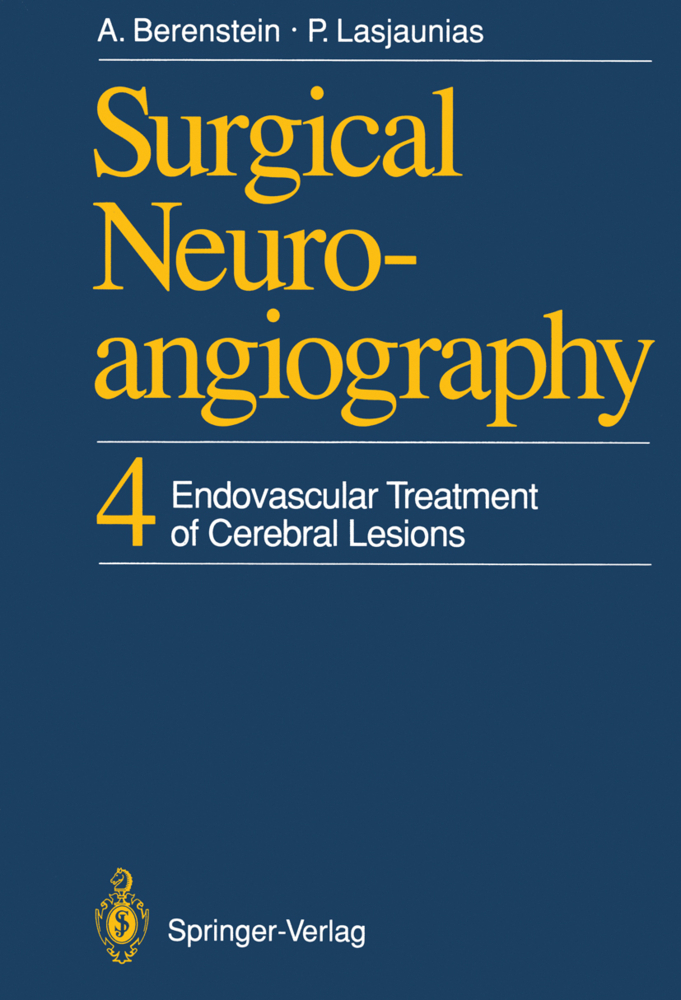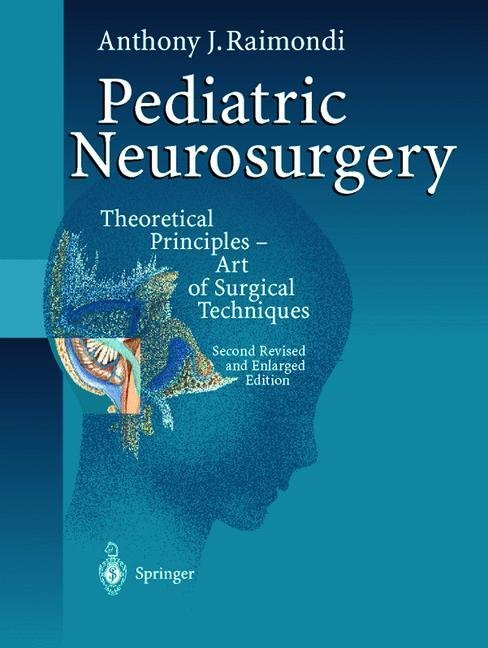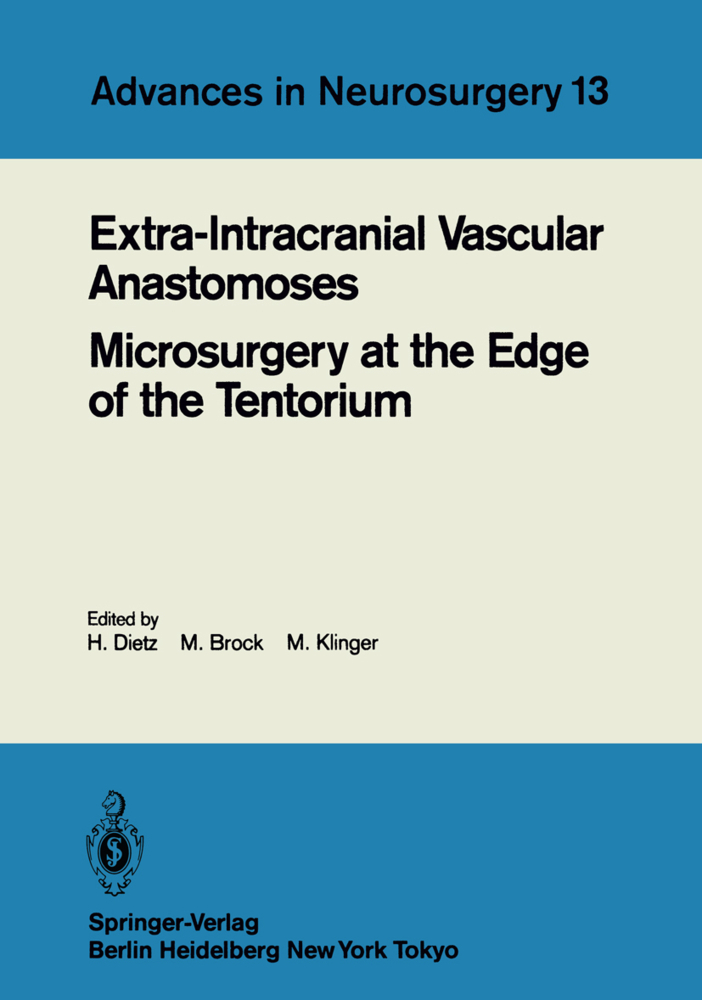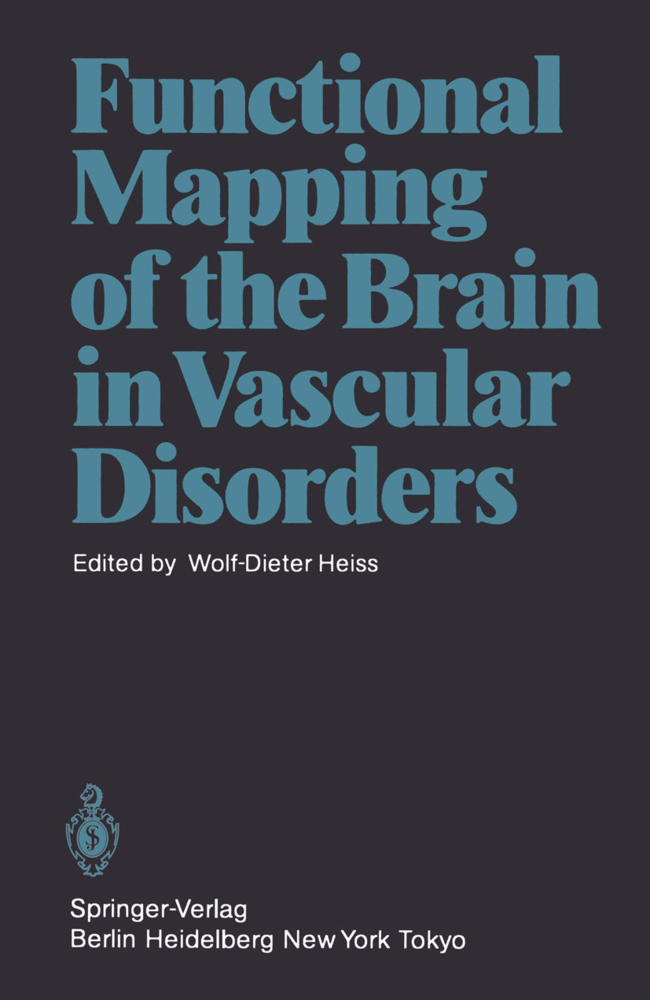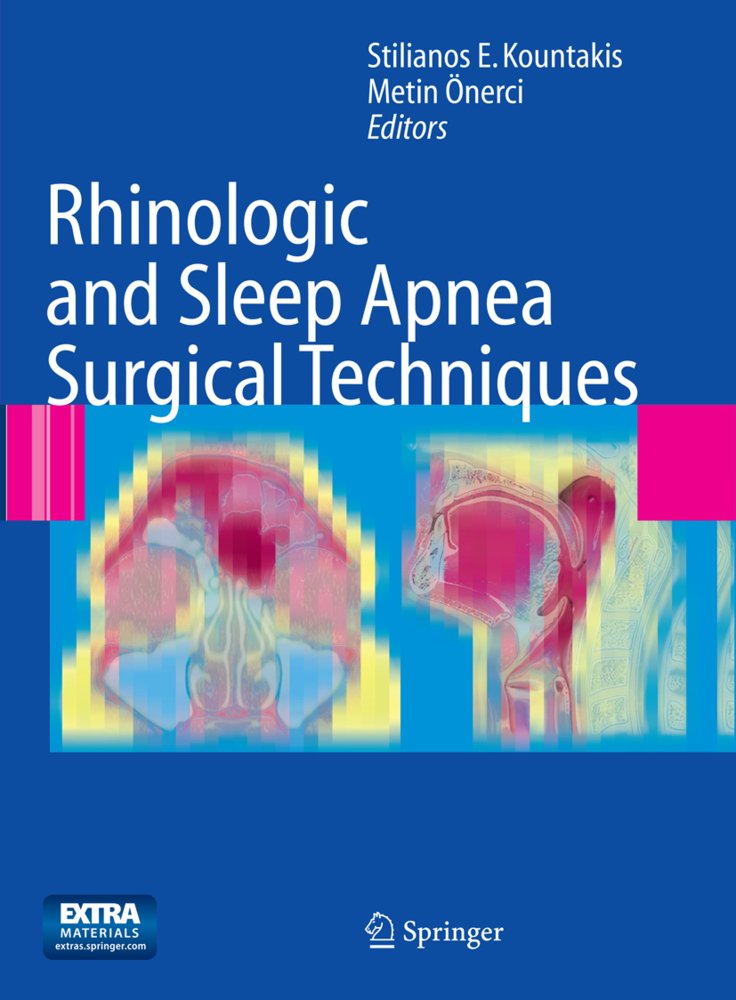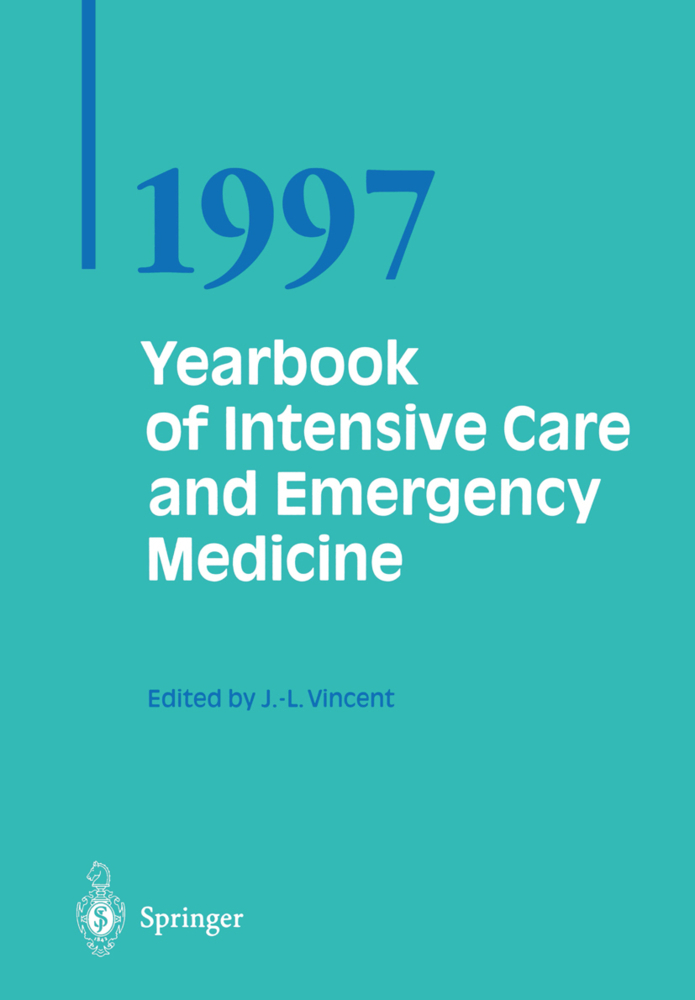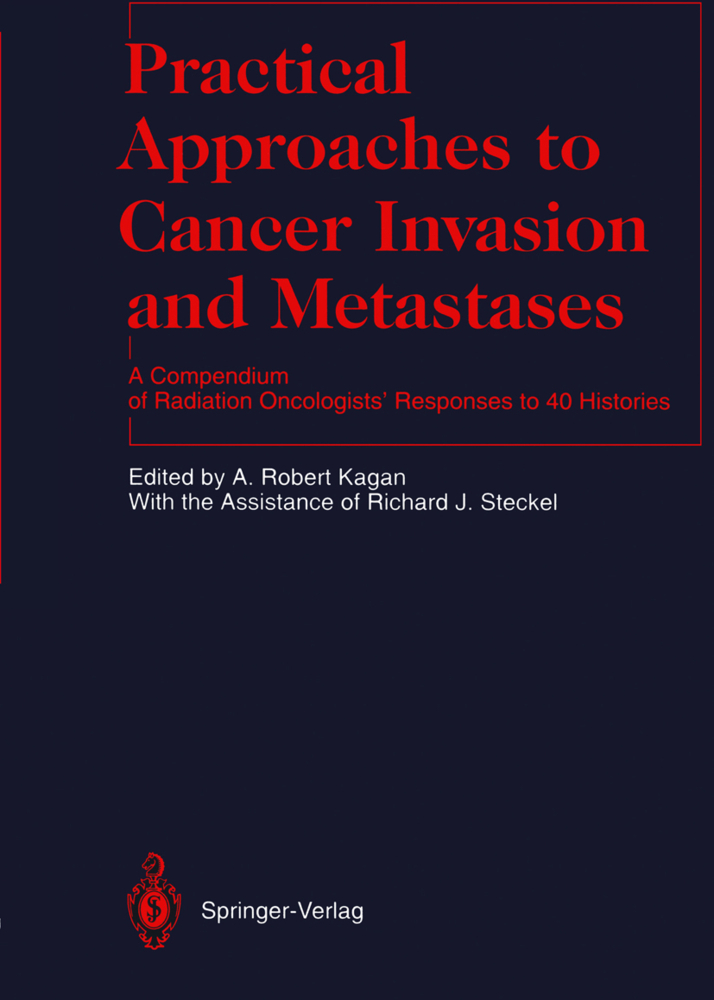Moyamoya Disease
Moyamoya Disease
The first mention of moyamoya disease as a distinct disease entity was in a paper I published in 1965. The abnormal net like vessels at the base of the brain seen in cerebral angio grams of this disease were described by most native speakers of Japanese as "moyamoya," a Japanese expression for some thing hazy, such as a puff of cigarette smoke drifting in the air. In fact, prior to my advocacy of this term, this type of vascular network was often referred to as "moyamoya vessels" by Japanese researchers. In 1969, Dr. A. Takaku and I submitted a paper to the Ar chives of Neurology entitled "A Disease Showing Abnormal Net-like Vessels at the base of the Brain," with a subtitle of "Moyamoya Disease." The editor, however, interchanged the main title and the subtitle and brought this term "moyamoya" to fame! Since then, researchers throughout the world have been using this poetic word! For a nicknaming godfather like me, it is a special joy to have this Japanese word enter the honored ranks ofmedica1 terminology. My first publication concerning this lesion was a report discussing six cases in 1963. Therefore it is now 20 years since I first became aware of and started to study moyamoya dis ease. At first, I merely thought that it was a strange vascular network, unique to these first few patients, and I reported these cases as being cases of acquired collateral vessels.
2.1 Introduction
2.2 Incidence
2.3 Incidence by Sex
2.4 Age at Onset
2.5 Age on Admission
2.6 Initial Symptoms and Symptoms over the Clinical Course
2.7 Laboratory Findings on Admission
2.8 Family History
2.9 Anamnesis
2.10 Conclusion
3 Cerebral Angiography
3.1 Introduction
3.2 Basal Moyamoya
3.3 Nature of Basal Moyamoya
3.4 Ethmoidal Moyamoya
3.5 Vault Moyamoya
3.6 Cerebral Angiograms Taken After Hyperventilation
3.7 Summary
4 Mechanisms of Symptomatic Occurrence
4.1 Introduction
4.2 Mechanism of TIA in Children
4.3 Mechanism of Onset of Symptoms Due to Intracranial Hemorrhage in Adults
4.4 Summary
5 Electroencephalography
5.1 Introduction
5.2 Electrical Activity of the Brain in Juvenile Moyamoya Disease
5.3 Electroencephalography in Adult Cases of Moyamoya Disease
5.4 Evoked Potentials
5.5 Summary
6 Computerized Tomography
6.1 Introduction
6.2 Unenhanced Scan
6.3 Enhanced Scan
6.4 Stage of Moyamoya Disease and Computerized Tomography
6.5 Conclusion
7 Positron Emission Computerized Tomography
7.1 Introduction
7.2 Cases
8 Cerebral Hemodynamics
8.1 Introduction
8.2 Average Cerebral Blood Flow and Hemispherical Blood Flow
8.3 Vascular Response in Moyamoya Disease
8.4 Conclusion
9 Treatment
9.1 Introduction
9.2 Therapy of Infarction Attacks
9.3 Superficial Temporal Artery-Cortical Branch of the Middle Cerebral Artery Anastomosis (STA-MCA Anastomosis) and Encephalomyo-synangiosis
9.4 Transplantation of the Omentum
9.5 Encephaloduroarteriosynangiosis
9.6 Therapy for and Prevention of Intracranial Hemorrhage
9.7 Anesthesia During Surgery for Moyamoya Disease
9.8 Conclusion
10 Pathology
10.1 Introduction
10.2Autopsy Materials
10.3 Pathology of Autopsied Brain Tissue
10.4 Investigations Based upon Whole Body Autopsy
10.5 Conclusion
11 Etiology
11.1 Introduction
11.2 Background to Our Experimental Research
11.3 Experimental Methods and Results
11.4 Conclusion
12 Quasi-Moyamoya Diseases
12.1 Introduction
12.2 Unilateral Quasi-Moyamoya Disease
12.3 Quasi-Moyamoya Disease in Which Bilateral or Unilateral Stenosis or Occlusion of the Proximal Portion of the MCA Is Seen, Together with Moyamoya Vessels in the Immediate Vicinity
12.4 Quasi-Moyamoya Disease with Vascular Malformations
12.5 Quasi-Moyamoya Disease Due to Known Causes
12.6 Quasi-Moyamoya Disease Due to Other Causes
12.7 Conclusion
References.
1 History and Definition
2 Epidemiology and Symptomatology2.1 Introduction
2.2 Incidence
2.3 Incidence by Sex
2.4 Age at Onset
2.5 Age on Admission
2.6 Initial Symptoms and Symptoms over the Clinical Course
2.7 Laboratory Findings on Admission
2.8 Family History
2.9 Anamnesis
2.10 Conclusion
3 Cerebral Angiography
3.1 Introduction
3.2 Basal Moyamoya
3.3 Nature of Basal Moyamoya
3.4 Ethmoidal Moyamoya
3.5 Vault Moyamoya
3.6 Cerebral Angiograms Taken After Hyperventilation
3.7 Summary
4 Mechanisms of Symptomatic Occurrence
4.1 Introduction
4.2 Mechanism of TIA in Children
4.3 Mechanism of Onset of Symptoms Due to Intracranial Hemorrhage in Adults
4.4 Summary
5 Electroencephalography
5.1 Introduction
5.2 Electrical Activity of the Brain in Juvenile Moyamoya Disease
5.3 Electroencephalography in Adult Cases of Moyamoya Disease
5.4 Evoked Potentials
5.5 Summary
6 Computerized Tomography
6.1 Introduction
6.2 Unenhanced Scan
6.3 Enhanced Scan
6.4 Stage of Moyamoya Disease and Computerized Tomography
6.5 Conclusion
7 Positron Emission Computerized Tomography
7.1 Introduction
7.2 Cases
8 Cerebral Hemodynamics
8.1 Introduction
8.2 Average Cerebral Blood Flow and Hemispherical Blood Flow
8.3 Vascular Response in Moyamoya Disease
8.4 Conclusion
9 Treatment
9.1 Introduction
9.2 Therapy of Infarction Attacks
9.3 Superficial Temporal Artery-Cortical Branch of the Middle Cerebral Artery Anastomosis (STA-MCA Anastomosis) and Encephalomyo-synangiosis
9.4 Transplantation of the Omentum
9.5 Encephaloduroarteriosynangiosis
9.6 Therapy for and Prevention of Intracranial Hemorrhage
9.7 Anesthesia During Surgery for Moyamoya Disease
9.8 Conclusion
10 Pathology
10.1 Introduction
10.2Autopsy Materials
10.3 Pathology of Autopsied Brain Tissue
10.4 Investigations Based upon Whole Body Autopsy
10.5 Conclusion
11 Etiology
11.1 Introduction
11.2 Background to Our Experimental Research
11.3 Experimental Methods and Results
11.4 Conclusion
12 Quasi-Moyamoya Diseases
12.1 Introduction
12.2 Unilateral Quasi-Moyamoya Disease
12.3 Quasi-Moyamoya Disease in Which Bilateral or Unilateral Stenosis or Occlusion of the Proximal Portion of the MCA Is Seen, Together with Moyamoya Vessels in the Immediate Vicinity
12.4 Quasi-Moyamoya Disease with Vascular Malformations
12.5 Quasi-Moyamoya Disease Due to Known Causes
12.6 Quasi-Moyamoya Disease Due to Other Causes
12.7 Conclusion
References.
Suzuki, Jiro
| ISBN | 978-3-540-15778-6 |
|---|---|
| Artikelnummer | 9783540157786 |
| Medientyp | Buch |
| Copyrightjahr | 1986 |
| Verlag | Springer, Berlin |
| Umfang | XII, 190 Seiten |
| Abbildungen | XII, 190 p. |
| Sprache | Englisch |

